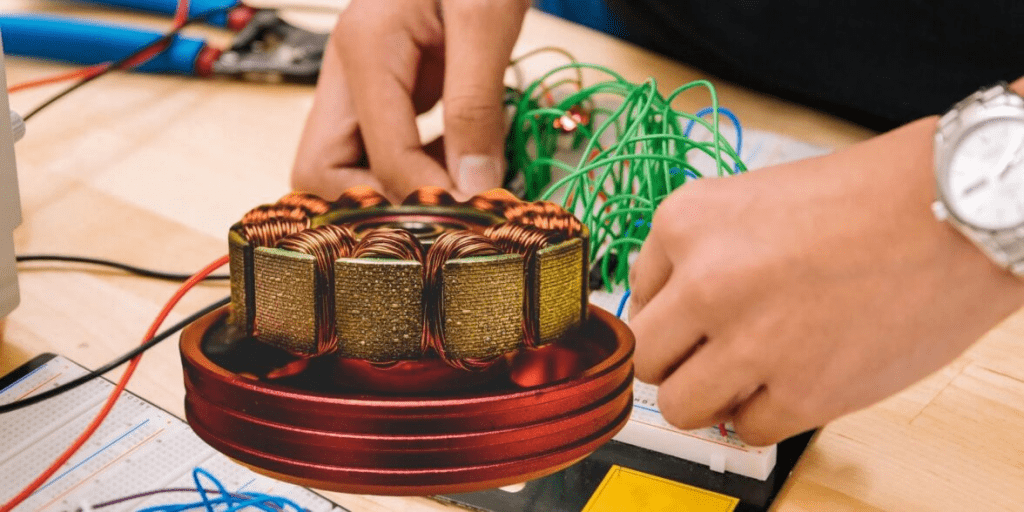While most of us associate teenagers with sleeping in late, snapping selfies, and spending significant amounts of time on their smartphones or playing video games, some make good use of their time.
Robert Sansone, a 17-year-old from Florida, is already establishing a name for himself with futuristic innovations. The young star kid has accomplished at least 60 engineering projects in his spare time, ranging from robotic hands to high-speed running boots and a go-kart, Smithsonian Magazine reported.
However, his most recent endeavor may be significant for our future.
Sansone became interested in electric vehicles after watching a video about the benefits and drawbacks of electric cars a few years ago. After seeing the movie, he realized that most electric car engines use rare-earth magnets, which can be expensive.
“I have a natural interest in electric motors. With that sustainability issue, I wanted to tackle it and try and design a different motor, Sansone said in an interview with Smithsonian Magazine.

He had heard about synchronous reluctance motors, which do not require these rare earth elements. These motors, however, are currently utilized for pumps and fans and are not powerful enough to power electric vehicles. As a result, Sansone began working on a solution to the problem.
Sansone labored tirelessly throughout the year to develop a prototype of a novel synchronous reluctance motor with greater rotational force or torque and efficiency than previous ones. It took 15 attempts to build the engine to its current state, aided by printed plastic, copper conductors, and a steel rotor.

The new design produced over 40% more torque while being more efficient. At 300 revolutions per minute, his motor had 39 percent more torque and 31 percent more efficiency. In addition, according to Smithsonian Magazine, it performed 37 percent more efficiently at 750 RPM. In comparison, Tesla’s Model S motor can achieve 18,000 RPM.
Sansone worked tirelessly throughout the year to develop a novel synchronous reluctance motor prototype with increased rotational force or torque.

Sansone’s invention earned him first place and $75,000 in prize money at this year’s Regeneron International Science and Engineering Fair (ISEF), the world’s largest high school STEM competition.
Sansone is waiting for the next step of testing before approaching automakers, but he thinks that one day his engine will be the standard design for electric vehicles.


